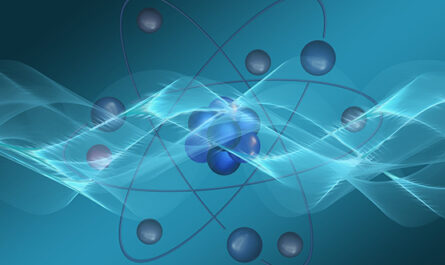
Immunohistochemistry (IHC) is a technique that utilizes the principles of antibodies and antibody-antigen interactions to detect antigens (proteins) in cells of a tissue section. In simple terms, it allows visualization of antigens in tissues by using antibodies specific to the antigen of interest. The antibody is tagged with a detectable molecule such as an enzyme or fluorophore and used to probe the tissue section after processing. This permits direct localization of the antigen in a cell as well as anatomical structures by microscope.
Historical Development of IHC
The origin of IHC can be traced back to 1941 when Albert Coons and colleagues first demonstrated the use of fluorescence microscopy to detect tissue antigens by using labeled antibodies. This was the beginning of using antibodies for identification of cell constituents and antigen localization in tissues. Later, scientists introduced the use of enzyme-conjugated secondary antibodies to facilitate detection of antigens without fluorescence microscope. This enzyme-linked immunosorbent assay (ELISA) technology paved the way for modern IHC methods based on enzymatic reaction and substrate development. Over the past few decades, immunohistochemical techniques have become an essential tool in pathology for disease diagnosis and biological research.
Fundamental Principles
IHC is based on utilizing the principle of specific antigen-antibody binding. It involves detection of antigens in tissue sections by means of antibodies directed specifically against the antigen of interest. The process involves antigen retrieval by processing the tissue section, blocking non-specific binding sites, addition of primary antibody followed by appropriate labeled secondary antibody. An enzyme substrate is then added which reacts with the enzyme label to give colored precipitate at the antigen site, allowing localization under a microscope. The stain can be either cytoplasmic, membranous or nuclear depending on the subcellular localization of the target antigen.
Applications of IHC
Diagnostic applications: IHC helps pathologists to detect tumors, diagnose diseases, classify tumors, determine tumor spread and aid in prognosis prediction. This aids clinical decision making. Some common diagnostic markers are ER, PR, HER-2 for breast cancer and CD45 for leukemia diagnosis.
Research applications: IHC allows researchers to analyze expression of molecules in health and disease. It is used to study mechanisms of disease pathogenesis, tissue development and cell differentiation. Novel biomarkers are identified using IHC. Some key research areas include neuroscience, infectious diseases and developmental biology.
Limitations of IHC
While powerful, IHC has limitations that need consideration for proper interpretation. Optimization of technique, antigen recovery and choice of antibody are critical. Pre-analytic factors like cold ischemia time, fixation issues can affect antigenicity. Endogenous enzyme or biotin interference, cross-reactivity with normal antigens are challenges. Poor tissue morphology also limits analysis. All these may cause false positive or negative results if quality control is not adequate. Hence, IHC should always be interpreted along with other diagnostic tests and clinical information.
Future Directions
Areas of active research include automated quantitative analysis tools to remove human subjectivity from scoring. Multiplex digital pathology allows simultaneous detection of multiple antigens from single tissue section. Nanobodies provide new opportunities as smaller antigen binding domains. Combining IHC with other “omics” tools like transcriptomics, proteomics and sequencing will transform disease characterization and precision medicine approaches. Development of sensitive non-enzyme detection methods bypassing issues of endogenous enzyme interference is another promising research direction. Thus, advancements in both technology and methodology hold great potential to maximize utility of IHC in future.
In summary, this article discussed Immunohistochemistry as a technique that utilizes antibody-antigen reactions to detect specific proteins in tissue sections and cells. The historical development, fundamental principles, common applications as well as key limitations were explained. The important diagnostic and research applications of IHC in different fields were highlighted. Lastly, the article touched upon some emerging areas of active research that can enhance capability of IHC in future.
*Note:
1. Source: Coherent Market Insights, Public sources, Desk research
2. We have leveraged AI tools to mine information and compile it


